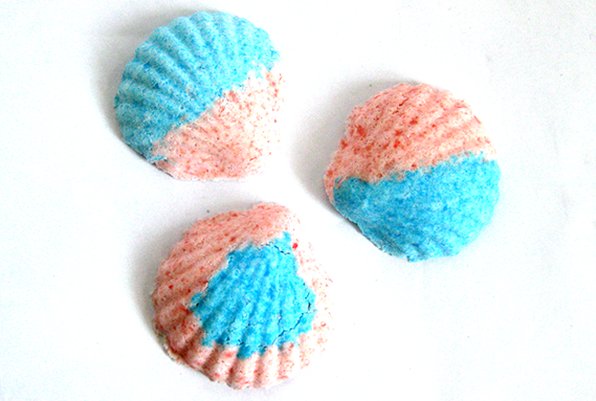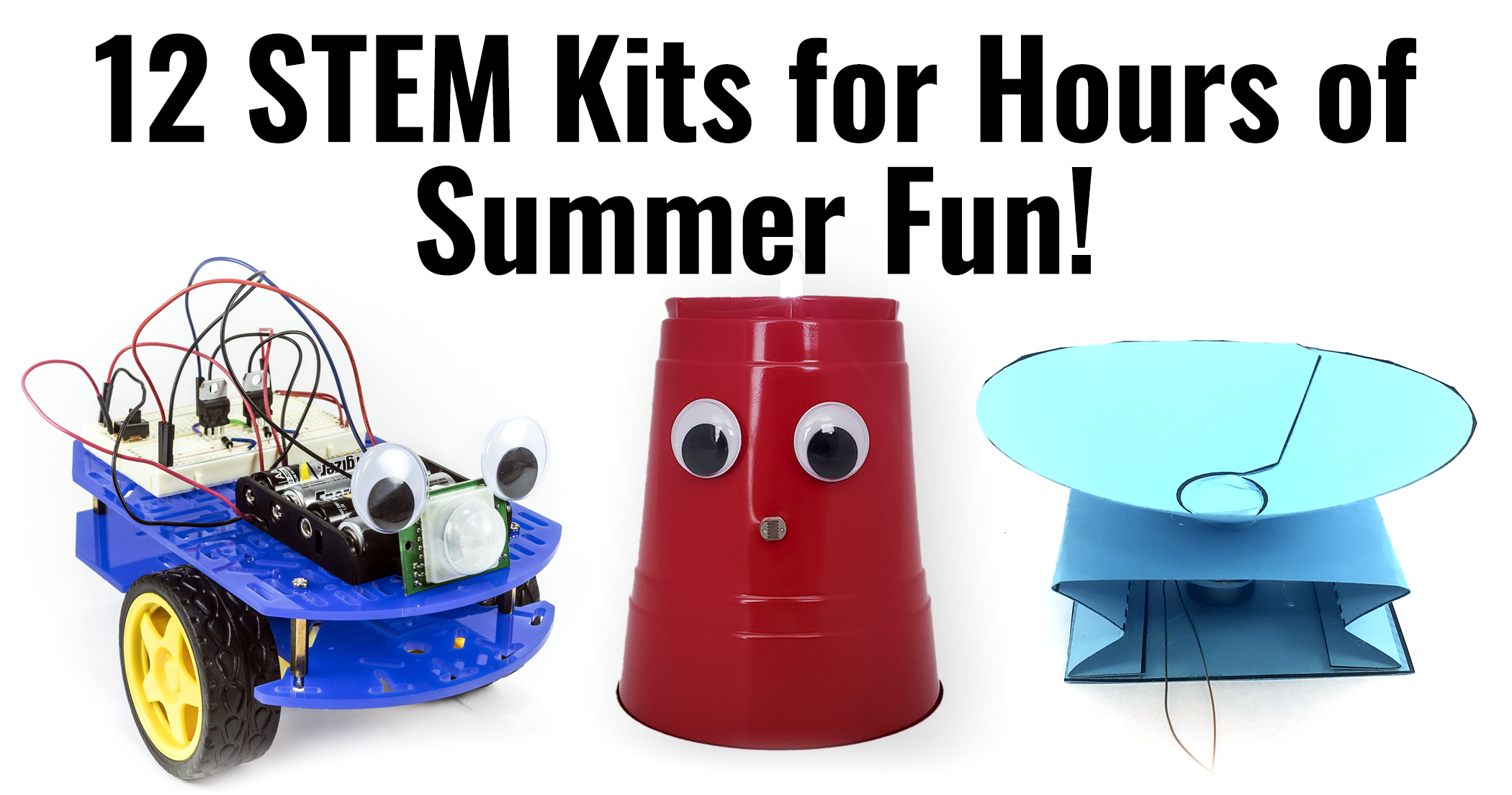12 Science Kits for Summer Science Experiments and Discovery
Bring home hands-on science exploration with convenient STEM kits from Science Buddies! Set kids up to explore robotics, computer programming, chemistry, physics, and more!
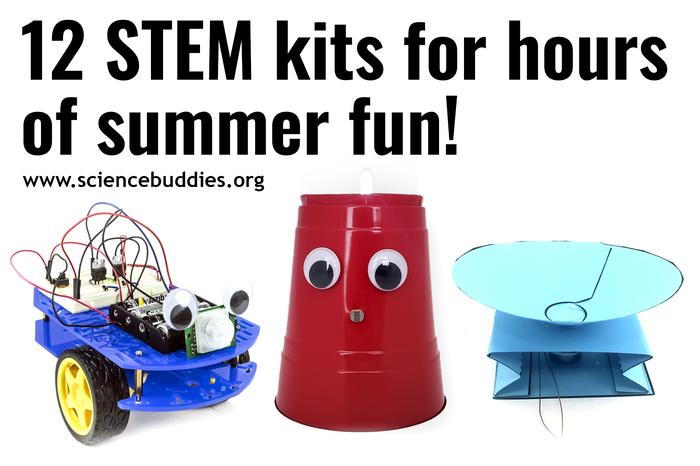
As you plan for summer break, consider the value of hands-on science and engineering kits for keeping kids occupied, engaged, and learning! Camps and summer programs are great, but hands-on science and engineering kits can create powerful, flexible, self-paced learning opportunities at home. With science kits, kids can have fun doing exciting experiments and making, designing, and building things, and they'll be learning and using important science and engineering concepts the whole time.
There are lots of STEM activities kids can do at home that use everyday, craft, or recycled materials. (See our suggestions for using cardboard tubes, popsicle sticks, or paper!) But sometimes, exploring science concepts in more in-depth ways requires specialty materials (like electronics components or chemicals). Having the right materials and parts can make a big difference in how well a science fair project, independent science project, or family science activity goes.
Science Buddies Kits help take the guesswork out of buying materials for hands-on STEM exploration!
12 Kits for Hours of STEM Fun
The 12 science kits highlighted below enable hours and hours of fun science and engineering experimentation, perfect for kids to explore independently at home:
1. DIY Night-Light Kit
Design and build a custom night-light! The DIY Night-Light Kit contains the specialty materials you need to set up a sensor-based circuit for a nightlight. Use either the Engineer an LED Night-Light project or Make a Night-Light activity for directions to assemble the circuit. What the body or housing of the night-light looks like is up to you! Fun fact! You can also use this kit to make a DIY Lantern!
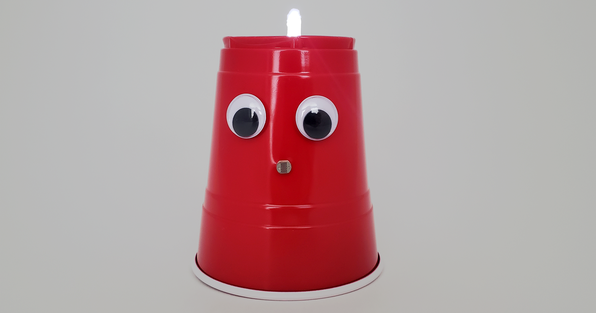
2. Rainbow Fire Kit
It can be mesmerizing to watch a fireworks display, but what gives fireworks their colors? With the Rainbow Fire Kit, kids can investigate! The kit contains four chemicals that can be safely burned to explore the "colors" of fireworks following directions in the Discover the Flaming Colors of Fireworks activity. (Students can also use this kit for the Rainbow Fire Science independent science project.)
3. Paper Roller Coaster Kit
Make a model roller coaster from paper and tape! Use the Paper Roller Coaster Kit and the Build a Paper Roller Coaster activity to design and build a roller coaster. Can you add a loop and have a marble make it from start to finish?
4. Paper Speaker Kit
Use the Paper Speaker Kit and the Build a Paper Speaker activity directions to build a working paper speaker you can try out with a device that has a 3.5 mm "headphone" jack. The kit contains specialty parts, including the neodymium magnet, and printed templates. (Students can also use this kit for the Measure the Frequency Response of a Paper Speaker science project.)
5. Spherification Kit
The Spherification Kit lets kids explore molecular gastronomy with recipes that use juices or yogurt. Following directions in the Make Popping Boba Balls Out of Your Drinks science project, kids can make their own flavored juice balls for fun summer treats! Along the way to mastering the spherification of juice balls, you'll probably make some wiggly, stringy, juicy worms, too! Can you create your perfect recipe for juice balls like the ones you might have had added to a bubble or popping boba tea? (See Making Boba for one family's experience trying the kit at home.) Tip! For an unexpected twist, try making yogurt ravioli! The Make Yogurt Spheres Using Molecular Gastronomy shows you how.
6. Bristlebot Robotics Kit
Build three different kinds of wiggling, wobbling robots for a fun introduction to robotics! With the Bristlebot Kit, kids can build ArtBot, Brushbot and Bristlebot robots. Or, they can go freeform and design and build their own unique vibrobots or junkbot robots using recycled materials. (The kit contains electronics components to make four robots, two Bristlebots and two of the other robot styles.)
7. Bath Bomb Science Kit
Mix up fizzy bath bombs and experiment to find the best and fizziest formula! With the Bath Bomb Science Kit, kids explore the science behind making fizzy bath bombs and test different recipes to see how various ingredients and quantities change the fizz factor. Can they discover how to make the fizziest bath bombs? Use the Making Homemade Bath Bombs activity or Bath Bomb Science project for directions.
8. DIY Mini Drone Kit
Make your own popsicle stick mini drone! The DIY Mini Drone Kit contains the materials kids need to build a basic mini drone. After building the base mini drone, students can add additional parts, including an Arduino, to explore different aspects of drone flight. See Drone Science Projects with a DIY Popsicle Stick Drone for a series of drone flight explorations. (This kit can also be used for the Build a Simple Drone and Test How Much It Can Lift science project.)
9. BlueBot Kit
With the BlueBot 4-in-1 Robotics Kit, kids explore robotics and sensors by building a series of four different BlueBot robots: Motion-Activated Guard Robot, a Speedy Light-Tracking Robot, a Zippy Line-following Robot, and an Obstacle-Avoiding Robot. Each BlueBot robot has a different behavior based on a specific sensor and a circuit kids build on the breadboard. (Do more! See 10+ Robotics Projects with the BlueBot Kit for additional BlueBot projects, including BlueBots that use an Arduino!
10. Gauss Rifle Kit
With the Gauss Rifle Kit, kids can experiment with magnets and magnetic fields as they use ball bearings and magnets to build a multi-stage Gauss rifle. Use the Build a Gauss Rifle! project for directions. (Note: The Gauss rifle is not a weapon; this is an experiment about magnetism and momentum.)
11. Advanced Bristlebots Kit
Great for kids who have already built simple robots and circuits, or for older kids, the Advanced Bristlebots Kit has specialty parts to create either a light-tracking bristlebot or a solar-powered bristlebot. After building one of these robots, kids can recycle the parts to build the other.
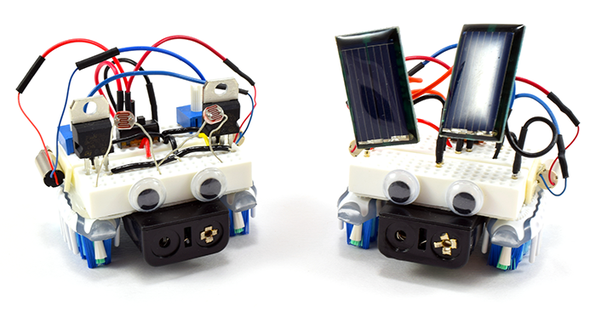
12. Electric Play Dough Kit
Make conductive and insulating dough and then experiment to light up your "squishy circuit" creations with colorful LEDs from the Electric Play Dough Kit. Once kids master simple electric play dough circuits, they can move on to more challenging 3D sculptures! Multiple science projects and resources at Science Buddies help students learn more about circuits using electric play dough.
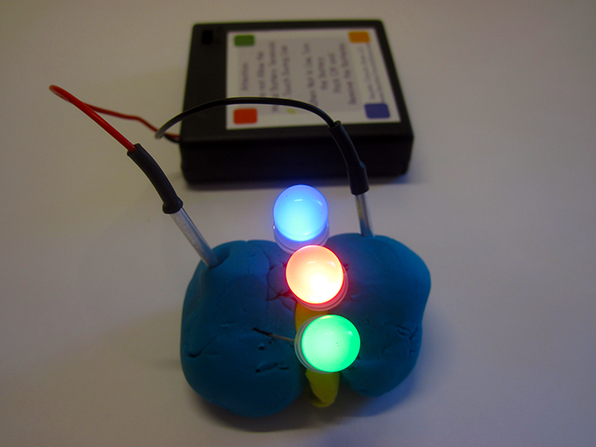
All Science Buddies Kits are sold through our partner, Home Science Tools.
More Summer Science Ideas
For suggestions to encourage and support science and engineering all summer long, see the following resources:
Categories:
You Might Also Enjoy These Related Posts:
- 12 Science Kits for Summer Science Experiments and Discovery
- Ready, Set, Go! (Awesome Summer Science Experiments)
- Awesome Summer Science Experiments
- Deep Dive into STEM—Do a Summer Science Project!
- Imagine Your Story - STEM Activities for Storytellers of All Ages!
- Carnival STEM (Awesome Summer Science Experiments)
- Wacky Water Science (Awesome Summer Science Experiments)
- Radiant Rainbows (Awesome Summer Science Experiments)








